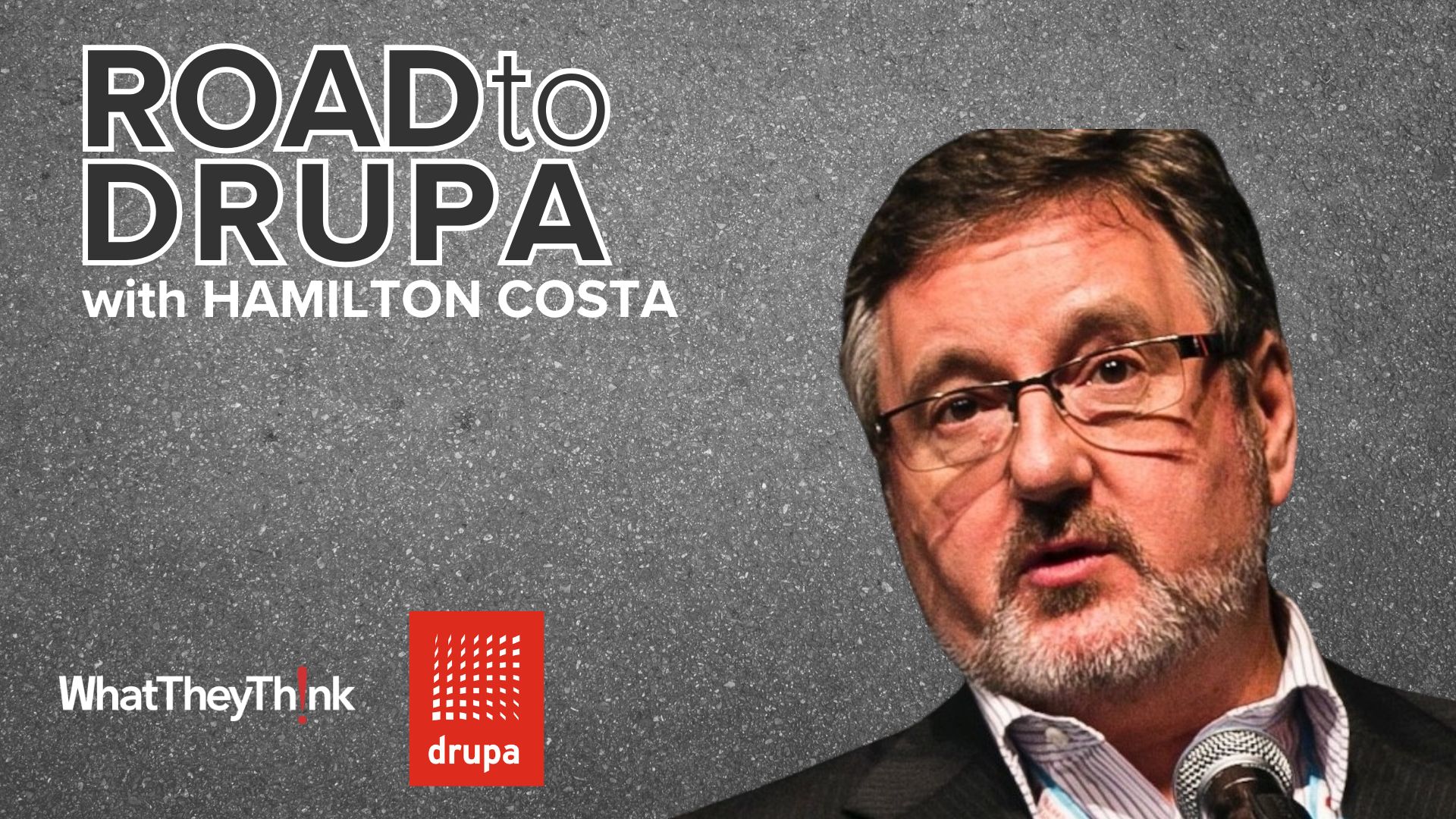When It Comes to Sustainable Innovation in FMCG, the Pace of Packaging Change Rarely Lets Up
Press release from the issuing company
Blink and you’ll miss a new game-changing packaging innovation go by – that’s why shows like Packaging Innovations are now must-sees for any business looking to keep up
Few industries have to go through the sort of changes we’ve seen in the packaging industry over the past few years, writes Senior Marketing Manager James Montero MacColl. At Easyfairs, organisers of Packaging Innovations and the London and Paris Packaging Week events, we have a front-row seat to this change as the years fly by.
It gives us a unique insight into what that change is affecting, what is driving it, and how quickly it’s taking place. Just five years ago, our show floors looked very different from how they look today. The frantic pace of innovation within the industry can be put down to three things; tightening legislation, the needs of today’s consumers, and a hugely creative and innovative industry that is committed to delivering a brighter future for our planet.
Legislation
While the industry has lofty ambitions, it must also meet ever-more complex legislation. In the UK alone, the packaging industry has had to adapt to the introduction of the plastic packaging tax, a single-use plastic ban that targets foodservice operators, and the protracted rollout of extended producer responsibility reform.
Elsewhere, the EU has proposed new Packaging and Packaging Waste Regulations (PPWR), which notably will bring the pharmaceutical industry into the scope of packaging sustainability legislation for the first time. Individual European states are passing their own laws that go further – recent years have seen the French and Spanish governments ban several categories of plastic produce packaging. In the US, regulations vary dramatically between states, while the Indian market banned all single-use plastics in 2022 – with mixed results[1].
While each country’s laws do differ in the details, broadly speaking the direction of travel is clear. The industry can no longer use plastic as a low-cost crutch – it must think outside the box when it comes to material selection. This necessity has driven an incredible level of investment in R&D as packaging and material manufacturers look to create innovative solutions to these challenges.
Bio-based solutions present an exciting new frontier for the industry’s focus. Just a few years ago, paper packaging solutions were largely focused on style over substance, with a range of luxurious cartons making their way onto our show floors. Now, the floors are home to a huge variety of paper-based rigid and flexible solutions too that combine aesthetic designs with functional benefits.
A few years ago, a biodegradable sachet made entirely from seaweed[2], or a 100% recyclable, paper-based freezerproof pouch[3], were the stuff of science fiction. Today, they – and many other innovations just like them - are on store shelves across the country.
Consumer demands
This investment in innovation is paying off for those that made it. Consumers are voting with their wallets[4] and increasingly choose to pay more for packaging they perceive to be sustainably produced. This sentiment has held up throughout the cost-of-living crisis, as 72% of consumers reported they would not willingly stop shopping sustainably[5].
Where legislation acts as the stick for businesses unwilling to develop sustainable innovations, consumer demands are the carrot. Consumers want businesses to do more, whether that is reducing plastic, reducing the amount of materials used by swapping to lightweight, flexible formats, or adopting refillable packaging that consumers can use again and again.
There is no single answer that universally gives all consumers what they want, however. As the saying goes, you can’t please all of the people all of the time. What makes the ‘right’ packaging innovation is highly application-dependent and getting it wrong can have dire consequences.
While consumers want sustainable packaging, they also want packaging that works without compromise. One of the biggest packaging controversies of 2023 was the move by UK supermarket Sainsbury’s to move their beef mince lines from rigid trays to flexible, vacuum-packed pouches[6]. Consumers reacted negatively to the change, as they felt the new solution affected the taste and texture of the product.
While the new packaging was, on the face of it, more sustainable as it used less virgin plastic material, it did not fulfil the primary purpose of packaging (at least in the eyes of consumers) – which is to protect and preserve its contents. The industry can learn as much from these challenges as it does from its many successes – each can be a springboard to the next great innovation.
Making it work
Talking sustainability is one thing but making it work is quite another. ‘Sustainability’ itself is a very vague term, and as such different people interpret it differently. Does it mean reducing plastic? It’s almost universally agreed that plastic waste is one of the biggest problems facing our environment, after all. But plastic does have functional benefits that can actually reduce a product’s impact on the environment. For example, its barrier properties and high puncture resistance mean it can help reduce food waste – a much bigger contributor to carbon emissions than plastic waste ever has been[7]. This raises further questions about how to balance this with the spread of legislation across the world that increasingly looks to limit the use of fossil-fuel-based plastics.
This is just one example of how deceptively complex questions around sustainability can be. The packaging industry has had to really interrogate what seem like slam-dunk ‘green’ ideas and take a holistic view of sustainable design – one that incorporates every step of a product’s lifecycle.
Some of this does stem from legal requirements. One set of regulations not discussed above is the Green Claims Code, which has been introduced in the UK – and will soon be introduced in the EU – to fight greenwashing. These regulations force any business making a claim about a product’s sustainability credentials to be specific and clear. Businesses must now make clear whether claims like ‘recyclable’ refer to the whole product, or just part of it. And they must identify when a positive claim leads to another impact being made much worse[8]. As an example, if a brand wants to advertise a new packaging solution as plastic-free, it must ensure that the material used to replace plastic does not have a net negative impact on the product’s overall carbon footprint, in the form of food waste, increasing shipping emissions, and so on.
But, while it would be easy to try and lobby and resist these changes, it is heartening to see so many in the industry embrace them and use them as inspiration to drive further innovation. The industry is bursting with creative solutions to globally consequential problems. All these solutions need is a platform and an audience – and shows like Packaging Innovations provide them with both.
The packaging industry is committed to a course of real, substantive change. And that commitment is providing tangible results that we can see evolving at our packaging trade shows throughout the year. Never before has packaging innovation been such a blink-and-you’ll-miss-it concept – and it’s made shows like Packaging Innovations more important than ever.
- MEGNAJET’S FLUID MANAGEMENT SYSTEMS SUPPORT C-MARX GROWTH
- Kyocera Belharra Photo Printing on the Road to drupa
- Summary of Drupa 2024 inkjet announcements Production Print
- Inkjet driving insourcing for state in-plants
- Real World AI for the Printing Industry
- Harnessing the Power of Synergy: HP High Speed Inkjet and Indigo Liquid Toner Technologies
- KYOCERA NIXKA INKJET SYSTEMS (KNIS) INTRODUCES BELHARRA, THE NEW WAVE OF PHOTO PRINTERS
- New RISO Printing Unit Offers Easy Integration for Package Printing

WhatTheyThink is the official show daily media partner of drupa 2024. More info about drupa programs
© 2024 WhatTheyThink. All Rights Reserved.









Discussion
Join the discussion Sign In or Become a Member, doing so is simple and free